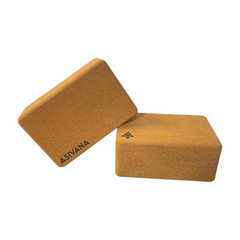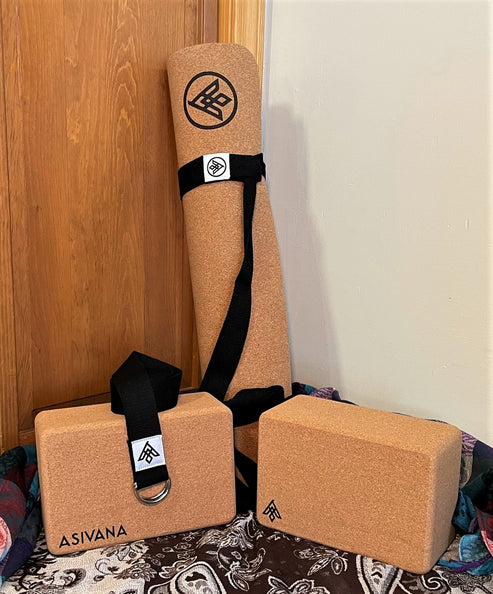What is Raja Yoga?
Jack UtermoehlRaja yoga, often translated as the "royal path," is the system of yoga outlined in the Yoga Sutras of Patanjali. It focuses on achieving self-mastery through disciplined inner work, culminating in deep meditation and spiritual liberation.
Raja yoga integrates all aspects of yoga—ethical behavior, breath control, posture, concentration, and meditation—into a complete and systematic path toward samadhi (absorption or oneness).
Unlike physical-based practices such as hatha yoga, Raja yoga emphasizes mastery over the mind and senses.
It is considered the most comprehensive yogic path, one that includes and transcends all others by offering the practitioner a structured way to cultivate awareness and inner freedom.
Origins of Raja Yoga
Raja yoga is rooted in the ancient Indian philosophical system known as Samkhya, but it was systematized by Patanjali in his Yoga Sutras.
Composed over 2,000 years ago, this text remains the foundational scripture for classical yoga philosophy. Patanjali’s system outlines the Eight Limbs of Yoga as a step-by-step process to still the fluctuations of the mind and realize the true Self (Purusha).
Raja yoga is not a brand or lineage but a universal map of spiritual development recognized across many yoga traditions.
It remains central to traditional yoga education and is often studied alongside the Vedas, Upanishads, and Bhagavad Gita.
Yoga Essentials for Your Practice
Support your yoga journey with high-quality, sustainable props designed for comfort and stability.

Crafted from eco-friendly cork for durability and a comfortable practice.
$24
Shop Now
Includes everything you need to get started: a mat, blocks, and a yoga strap.
$120
Shop NowRaja Yoga Practice
The practice of Raja yoga is primarily inward-facing. Its emphasis is not on complex postures but on the refinement of the mind and senses to prepare for deep meditation.
The Eight Limbs (ashtanga) serve as a spiritual roadmap for ethical living, mental discipline, and spiritual absorption.
The Eight Limbs of Raja Yoga
- Yama: Ethical restraints (e.g., non-violence, truthfulness)
- Niyama: Personal observances (e.g., contentment, discipline)
- Asana: Physical postures for seated stability and comfort
- Pranayama: Breath regulation to control life force energy
- Pratyahara: Withdrawal of the senses from external objects
- Dharana: Concentration on a single point or object
- Dhyana: Sustained meditation and internal focus
- Samadhi: Spiritual absorption; union with the Self
Raja Yoga Suitability
Experience Level: Accessible to All
Physical Demand: Balanced Activity
Mind-Body Engagement: Primarily Meditative
Adaptability: Highly Adaptable
Focus Area: Spiritual Growth and Inner Awareness
Notes on Raja Yoga
Raja yoga is ideal for those seeking a meditative and intellectually grounded yoga practice.
Its emphasis on self-discipline and contemplation offers a timeless framework for understanding the self and attaining liberation (moksha).
Whether studied academically or practiced spiritually, Raja yoga remains at the heart of classical yogic philosophy.
Similar Styles
Kriya Yoga, Jnana Yoga, Bhakti Yoga
Equipment
Required: Meditation Cushion
Nice to Have: Yoga Mat, Journal
Optional: Yoga Blanket, Eye Pillow
References
The Yoga Sutras of Patanjali by Various Authors
The Eight Limbs of Yoga: For the American Yogi by Jack Utermoehl
The Path of the Yoga Sutras: A Practical Guide to the Core of Yoga by Nicolai Bachman
The Yamas & Niyamas: Exploring Yoga's Ethical Practice by Deborah Adele
Light on the Yoga Sutras of Patanjali by B.K.S. Iyengar






